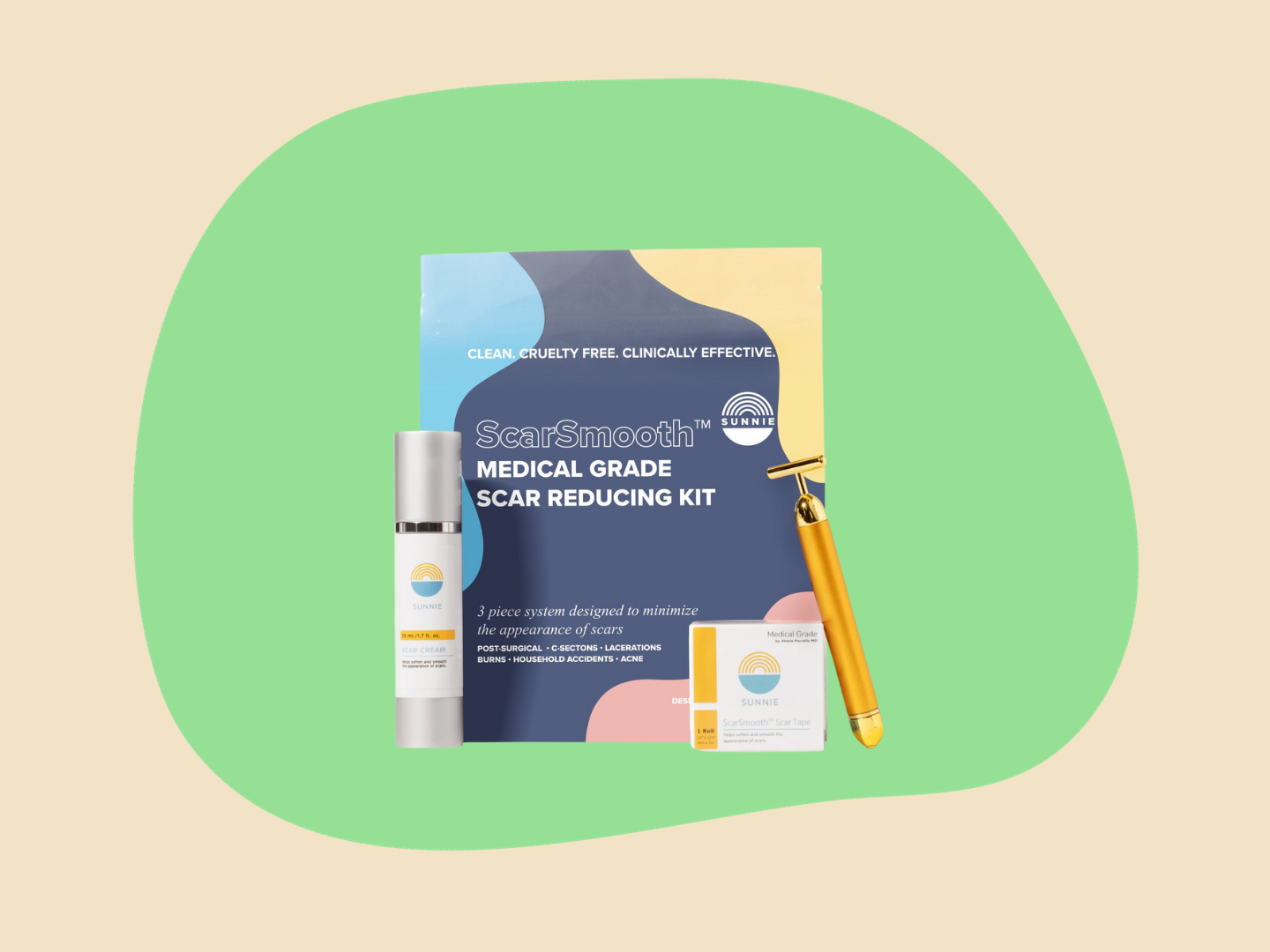Peak Partnered: This article is in proud partnership with Dr. Parcells Plastic Surgery. The Breasties and Dr. Parcells are joining forces to raise awareness around scar healing and recovery.
As all too many of us know, the mental and emotional toll of preparing and recovering from surgery is significant. What’s more, it often leaves behind reminders in the form of visible scars.
With advancements continuing to enhance the outcomes of breast and gynecologic cancer surgeries, there is an increasing emphasis on prioritizing scar management.
Dr. Alexis Parcells, a New Jersey and New York City-based plastic surgeon, is passionate about prioritizing scar management for all patients. When she’s not in the operating room, she’s sharing information and resources around scar healing and recovery for the breast and gynecologic cancer community.
She sat down with The Peak to share what a scar is, why people scar differently, tips and insights around scar treatments, and what you should know about different types of scars. Whether you’re preparing or recovering for a breast or gynecologic cancer surgery, here’s everything you need to know.
THE PEAK: What is a scar and how do they form and heal?
DR. ALEXIS PARCELLS: A scar is the body's natural response to tissue damage. When the skin is injured, the body initiates a complex process of tissue repair. This process involves the formation of collagen fibers to close the wound, resulting in a scar.
The incision from breast cancer surgery typically finishes healing within four to six weeks after surgery. Once the incision heals, scar formation is ongoing and can last for up to two years. During this time, the scar will evolve, change in appearance, and mature.
Initially, scars may appear raised, pink, or red around the three-month mark, but they will gradually fade and flatten. While most scars reach their final appearance within 18 to 24 months, some may continue to improve for several years. The key to managing scars effectively is patience and consistent care.
TP: Why do some people scar more (or differently) than others?
AP: There are a variety of treatments that have been clinically proven to reduce a scar. The effectiveness depends on several factors:
- Genetics - certain individuals are more prone to developing hypertrophic or keloid scaring due to the way their bodies produce and regulate collagen during the healing process. Additionally, how a person’s skin responds to injuries (such as someone with a collagen disorder) will determine the type of scar that is produced.
- Age - younger individuals have more collagen and elastin production, as well as a higher concentration of growth factors, which leads to increased cell turnover and a faster-healing scar. As we age, our skin’s regenerative abilities decrease, leaving a more noticeable scar.
- Skin type/color - Patients with darker skin tones are more prone to developing keloids and hypertrophic scars.
- Type and location of injury - deeper burn scars over joints are going to heal very differently than a small facial cut in a natural fold. Factors such as tension, movement, and mechanical stress will affect healing tissues very differently.
- Overall health and lifestyle factors - smoking can negatively impact wound healing, as can autoimmune diseases including diabetes. These can increase the risk of adverse scarring.
TP: What are “keloid” and “hypertrophic” scars?
AP: Breast and gynecologic cancer patients should also be aware of the difference between keloid and hypertrophic scars:
Keloid scars are characterized by their excessive growth, extending beyond the original incision area. They can be itchy, and painful, and may require specialized treatments like corticosteroid injections, silicone sheeting, or laser therapy.
Hypertrophic scars are raised and thick but remain within the boundaries of the original incision. They are less severe than keloids and can often be managed with silicone products, massage, and other scar care techniques.
TP: Can you tell us more about the different types of scar treatment that exist?
AP: The two most important factors that will determine your scar outcome are the types of products you use, and your consistency in using those products.
Active ingredients, such as onion extract and vitamin E, are popular over-the-counter formulations. However, silicone-based creams, gels, and tapes have the most scientific evidence to back their effectiveness in softening, smoothing, and minimizing the appearance of scars.
1. Silicone Gel or Sheets: Silicone-based products, such as gel and sheets, are widely used to manage scars. They create a protective barrier, hydrate the scar, and help reduce redness and thickness. Silicone products are available over the counter and can be used as soon as the incision has fully healed.
2. Vibration Devices: Scar massage with vibration devices can improve blood circulation and collagen alignment, potentially reducing scar thickness and promoting a more even texture. These devices should be used under the guidance of a healthcare professional.
3. Laser Therapies: Laser treatments, such as fractional laser therapy, can be effective in improving scar appearance by stimulating collagen production and reducing redness. These treatments should only be performed by a trained and experienced healthcare provider.
It's important for patients to consult with their medical team before beginning any scar management routine.
TP: What scar products would you recommend?
AP: A multidisciplinary approach is best when it comes to scar care.
I love the SUNNIE ScarSmooth Scar Kit because there are three separate components to optimize your scar outcome. After cleansing the area (or after a shower), the silicone gel should be applied. A vibrating beauty bar included with the kit will help the silicone absorb into the skin, as well as break up the collage bands within the scar. Finally, the silicone tape will seal the scar and provide an optimal moisture barrier to soften the scar. The kit is medical grade and can be used to treat a variety of scar conditions in addition to post-surgery.

TP: Is there anything else you’d like to add?
Scar management is an essential aspect of the healing process for anyone undergoing surgery. Understanding the timeline of scar formation, the difference between keloid and hypertrophic scars, and the available treatment options is vital for optimizing the appearance of scars. I recommend always talking to your healthcare providers, particularly your plastic surgeon, to ensure that your scar management plan is tailored to your individual needs and circumstances.
RELATED: Top Questions to Ask Your Plastic Surgeon (According to an Expert)







